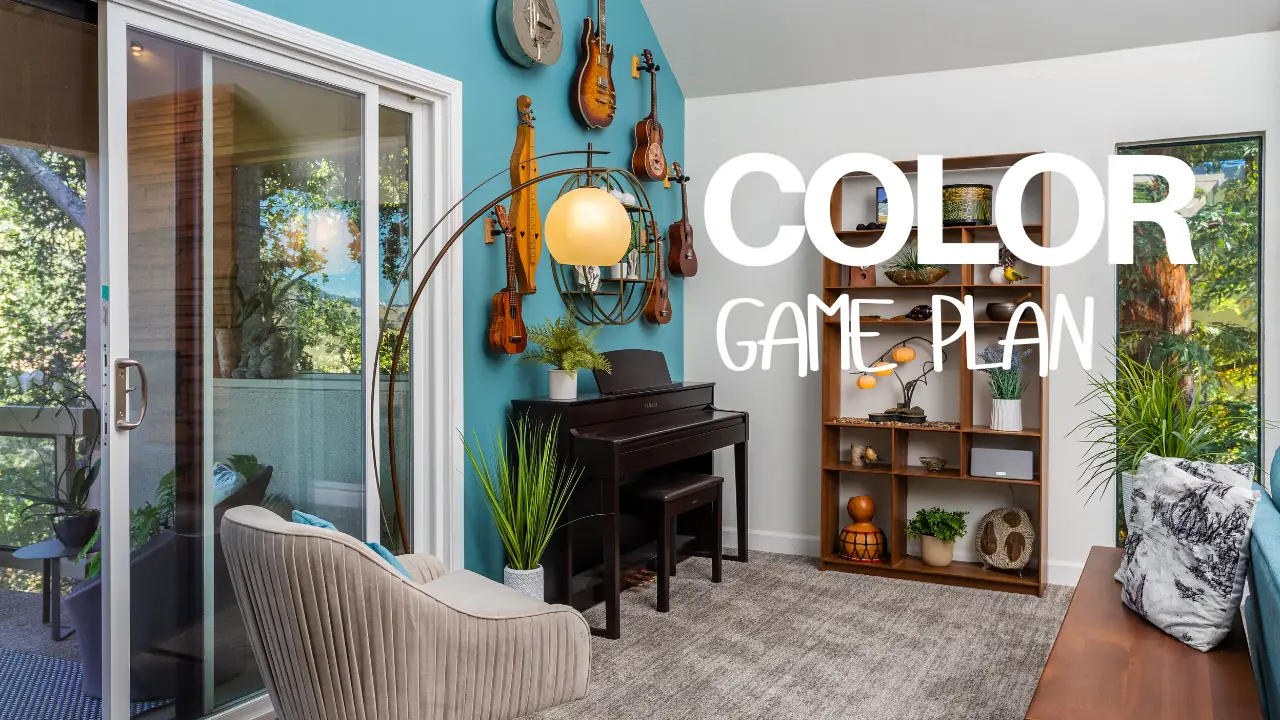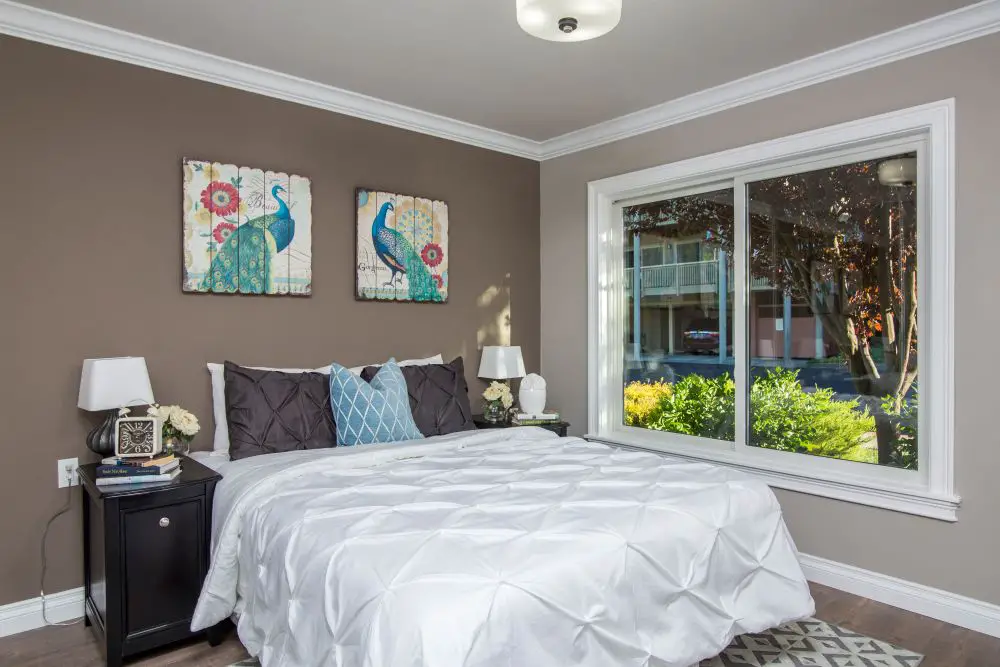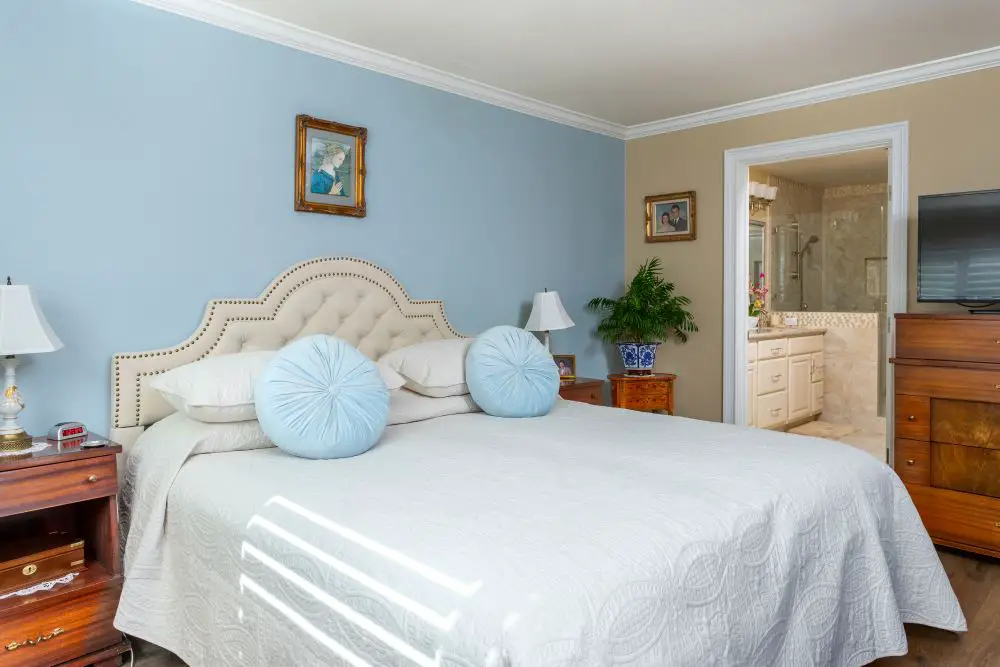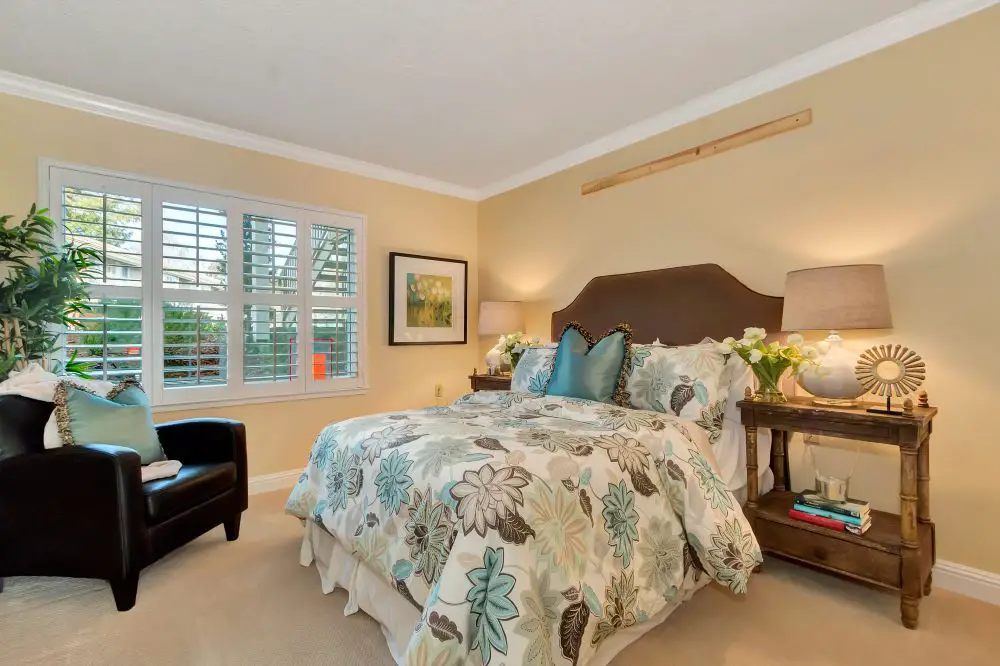By using our website, you agree to the use of cookies as described in our Cookie Policy
The Boss’s Daughter
The Color Game Plan: A Real-World Path from Ideas to a Final Palette

The Color Game Plan: A Real-World Path from Ideas to a Final Palette
Choosing paint colors shouldn’t send you spiraling. We’ve watched color indecision slow remodels, spark second-guessing, and even delay move-in day. So we built a better way. The Toupin Color Game Plan is a clear, step-by-step path from inspiration to confidence — one that fits real homes, real lighting, and real life in the East Bay.
It’s simple, visual, and practical. We pair color theory with construction logic (because your drywall, lighting, and finish work matter just as much as your swatches). We slow down where the choices count and speed up once you find your flow. The result: a color story that lifts your space, reflects your style, and holds up to daily life.
Step 1: Start with What’s Staying
Whether you’re repainting or remodeling, every home already has a few “anchors.” Floors, countertops, tile, and large furniture all carry undertones that guide your palette. Think of these as the headliners — paint just sets the stage.
- Pull samples of anything permanent — flooring, stone, cabinetry.
- Spot undertones. Warm oak leans yellow, Carrara marble runs blue-gray, and quartz might read pink or green.
- Snap photos morning, noon, and evening. Natural light shifts color more than you think.
Pro tip: If you want a quick primer on whole-home color flow, Houzz has a great five-minute read on creating a house-wide palette.
Step 2: Pick One Anchor Color You Truly Love
This is the color that makes your heart skip — the moody navy, the calm greige, or that perfect green for your kitchen island. Every other hue orbits around this one choice.
- Choose one hero color (bold) or one anchor neutral (soothing).
- Build out lighter and darker supporting tones for balance.
- Keep a mini swatch deck in your bag — decision panic hits fast in paint aisles.
Need a friendly walk-through? Emily Henderson’s color palette guide is a great visual example of how to start with one shade and build from there.
Step 3: Map the Flow Room by Room
Calm homes share color DNA. You don’t need to match everything — you just need consistency. We often use the 60-30-10 rule as a soft guide: 60% main, 30% secondary, 10% accent.

Photo by Kaboompics.com
- Main spaces (entry, living, hallways): your anchor neutral.
- Kitchen: repeat the base; save the color for the island or backsplash.
- Bedrooms: shift one or two tones warmer or cooler than the main space.
- Bathrooms: coordinate paint with tile or stone first.
- Built-ins or doors: echo your hero color in small doses.
Want to see a clean, real-home example? Chris Loves Julia’s cohesive color palette method shows how subtle shifts keep flow without feeling flat.
Step 4: Get Honest About Light
Natural light tells the truth. Artificial light makes up stories. North-facing rooms lean cool; warm bulbs add yellow; daylight bulbs lean blue. That’s why we never finalize a color after just one look at noon.
- Paint 2x2 ft samples on poster board.
- Move them around the room throughout the day.
- View against trim, flooring, and stone — not in isolation.
If color paralysis hits, try our post on overcoming paint paralysis. It’s written for that “I’ve looked at 72 whites and they all look gray” moment.
Step 5: Balance Warm and Cool Tones
Perfect palettes live between opposites. Creamy whites love cool greens. Warm oak floors ground smoky blues. The contrast gives your home depth and life.
- Warm + cool = contrast + clarity.
- All warm can feel heavy; all cool can feel flat.
- Balance with metals: brass with blues, nickel with taupe.
Need inspiration? Havenly’s roundup of designer-loved palettes is a good scroll.
Step 6: Use LRV Like a Headlamp
Light Reflectance Value (LRV) is your new best friend. It measures how much light a color bounces back. Higher numbers = lighter and airier. Lower numbers = moodier and more grounded.
| Space | Ideal LRV Range | Why |
|---|---|---|
| Small, low-light rooms | 70–85 | Reflects light; opens up space |
| Main living areas | 55–70 | Balanced warmth + brightness |
| Accent walls | 10–35 | Adds depth without closing in |
| Ceilings | 80–90 | Keeps rooms open and airy |
Tip: If your cabinets are dark and backsplash bold, keep wall LRV above 65 to avoid a “cave” look.
Step 7: Choose the Right Sheen
Sheen is where color meets practicality. It affects how the color reads, how it cleans, and how it catches light.
- Flat or matte: Ceilings + calm walls.
- Eggshell: Our favorite for living spaces and bedrooms.
- Satin: Kitchens, baths, and trim with daily wear.
- Semi-gloss: Doors, baseboards, and cabinets.
Curious how our team preps and finishes paint during remodels? Visit our painting & finishing page for a quick overview.
Step 8: Build a Mini Palette
Limit your whole-home colors to five to seven. Think of them as a family: everyone related, no duplicates.
| Role | Color Name/Number | LRV | Sheen | Notes |
|---|---|---|---|---|
| Main 1 | Eggshell | Halls, living, ceilings adjust | ||
| Main 2 | Eggshell | Bedrooms, study | ||
| Secondary 1 | Eggshell/Satin | Kitchen & bath walls | ||
| Accent 1 | Satin/Semi | Island or built-ins | ||
| Trim & Doors | Semi-gloss | Throughout | ||
| Ceilings | Flat | All ceilings |
Step 9: Sample Big, Then Edit
Chips lie. Big boards tell the truth. Paint large samples, move them, and compare them to real finishes.
- Start with 3–5 options per role.
- Eliminate anything that clashes with flooring or stone.
- Keep two finalists and live with them for a few days.
Need inspiration for brave but balanced accents? Check out our 2025 color trend guide.
Step 10: Test in Sequence, Not Isolation
Colors don’t live alone. They meet at corners and doorways. Stand in one room and look into the next. The goal is “cousin,” not “stranger.”
- Tape samples near trim and thresholds.
- View transitions from both directions.
- Decide your sequence: entry → living → kitchen → bedrooms.
Smooth shifts create calm. Sharp ones create energy. You get to choose which story your home tells.
Step 11: Confirm Trim, Ceiling & Door Colors
Trim is the unsung hero of every palette. The right shade of white (or not-white!) changes everything.
- Pick one trim color for unity.
- Ceilings: one or two steps lighter than walls.
- Try color on an interior door for a subtle surprise.
We also track caulk lines and sheen changes — those details separate “freshly painted” from “professionally finished.”
Step 12: Match Paint to Real Life
Backpacks, dogs, damp hands — life happens. Design for it.
- Use washable finishes in high-traffic zones.
- Label a touch-up kit for each color.
- Record brand + formula, not just color name.
Step 13: Lock the Palette & Create a Paint Schedule
A solid paint schedule keeps everyone aligned — especially your crew.
- List wall, ceiling, and trim colors with LRV + sheen.
- Add cabinetry finish details.
- Keep one digital copy and one printed on site.
Real-World Case: Walnut Creek Calm
One Walnut Creek family wanted a calm, light home with personality. Their oak floors and warm fireplace told us where to start.
- Anchor: Soft, warm off-white in main areas.
- Secondary: Gentle mushroom tone in the den.
- Accent: Muted blue-green built-ins + pantry door.
- Trim: Warm white, not stark.
- Sheen: Eggshell on walls; semi-gloss on trim + doors.
We tested at night — the pantry color was too bright — so we dropped one shade. The final palette shifted beautifully with the light: calm by day, cozy by night.
When to Call in a Pro
If you’re ready for crisp lines and a perfect finish, our crew can help. We handle prep, patching, and protection — the behind-the-scenes work that makes your colors look their best. Learn more on our painting services page.
Your Printable Checklist
- Start with what’s staying
- Pick one anchor color
- Plan color flow room by room
- Balance warm + cool
- Use LRV as your guide
- Match sheen to traffic
- Build a five-to-seven color family
- Sample big, then edit
- Confirm trim, ceiling, and doors
- Create a paint schedule + touch-up kit
Final Thought
Color isn’t a test — it’s an invitation. When you plan with intention, your palette tells the story of your home: confident, comfortable, and completely you. Start with what’s staying. Choose one color you love. Test it in real light. Edit with purpose. Then sit back and enjoy the moment your space finally feels like home.
‹ Back



Comments